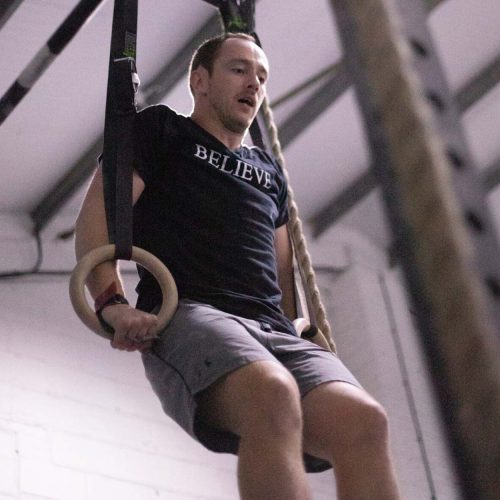The answer is … strong enough! There is no one answer for us all. What constitutes ‘strong enough’ will vary from individual to individual because of the various demands that we each place upon our bodies. We have to be ‘fit for purpose’. Our body types, health status, the environment that we live in, the demands of our jobs and the physical activities that we enjoy will all influence our strength requirements. With that in mind we can work out what is ‘strong enough’.
The influence of health and bodytype
Our physical health and our body type will have a big impact upon what we can physically achieve. Individuals who are physically disabled may have reduced physical capacities when it comes to certain tasks. At the other end of the spectrum, elite athletes have physical capacities that allow them to do tasks thast most of us couldn’t imagine doing.
Body type can also have a big impact on how strong we need to be and can be. Heavier people tend to have higher absolute strength levels because they are moving their higher body mass about throughout the day. Think of them as weight training every time that they move. Individuals with shorter limbs have more favourable levers for certain movements and therefore display a mechanical advantage to express strength. For example elite gymnasts tend to be shorter than average because shorter levers aloow them to perform the complex routines and movements associated with the sport.
The environment and physical activity
The environment that we live in has a significant influence upon how strong we need to be. Compare our modern lifestyles to those of our ancestors. We no longer require speed and strength to catch food and avoid predators. As a result we don’t have to be strong enough to climb tree’s, and negotiate challenging terrains like some indiginous populations. In addition to our natural environment, the activities that we like to do impose specific demands on us for strength. Everytime we participate in a physical acitvity we are placing the body into a specific, albeit temporary environment. Whether it’s changing direction, walking uphill or swinging a racquet, different movements will require a certain amount of strength.
Finding out how strong I need to be
All of us need a base level of strength so that we can complete daily life without excessive fatigue. But how do we know if we are strong enough? There is no data which tells us how strong we need to be just to live our daily lives without assistance. When it comes to activities of daily living the proof is in the pudding – can we perform them without causing injury or excessive fatigue. If you get tired climbing a single flight of stairs then it may be that you’re not strong enough. If you can’t carry shopping in the from the car then you may not be strong enough. Building strength would help in both of these instances.
For the athletes, things become a little clearer and easier to work out. Firstly the fitness and strength of athletes in different sports has been extensively researched and documented. A quick search on Google will reveal the strength levels of elite, professional and recreational athletes in most sports. Comparing yourself to these levels will highlight how you stack up against them. This information can then be used to design your training programme.
So to summarise, we are what we do. When it comes to sussing out how strong you need to be:
- Give the activity a go. If it causes excessive strain or fatigue then consider a strength programme to make it easier.
- Check out the strength levels of elite athletes in your sport – this will give you an idea of how you compare and areas that you may need to address.
- Check out the website Strength Level which has lots of great calculators that allow you to compare yourself against the rest of population for a whole host of different lifts.
